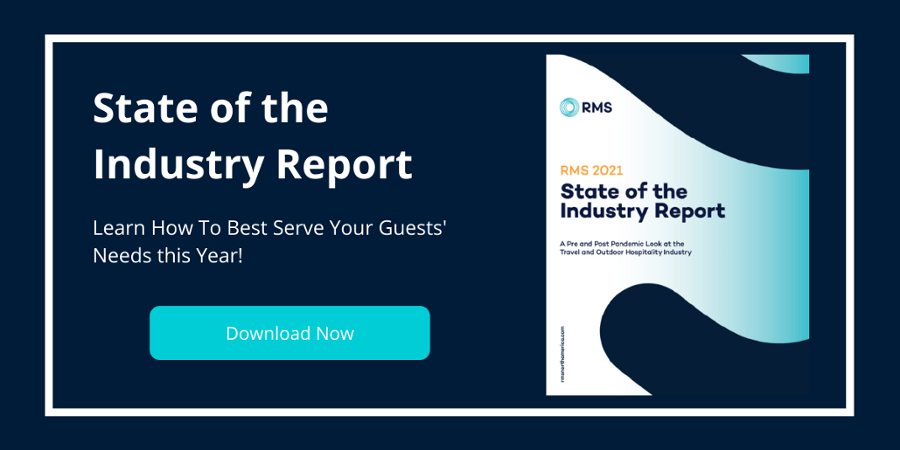It’s time to switch your property management system (PMS). But now that you made the decision to change your PMS, the reality of actually migrating your system is setting in… and the pressure is on.
Migrating your PMS can be intimidating and cumbersome, especially if your hotel PMS is responsible for multi-property management. But with these tips, you can make transitioning to a new PMS a little bit easier.
Here’s some important change management advice for going through a successful migration:
1. Plan a pre-migration clean-up.
Think of migrating your PMS like relocating a strip of hotel rooms to a new floor. Before asking the movers to carry all the furniture into the new suite, you’d ensure the room is tidy and that you have a plan for what gets moved first and where it will go.
You wouldn’t let the movers walk into a room where guests just stayed — with messy sheets and pillows everywhere. The same applies to your property management system. Cleaning up some of your data mess before transitioning your PMS lays a nice groundwork for a smooth transition.
It’s also about determining where your old data will go once it’s clean; else the movers may plop your contents somewhere they don’t belong!
Before migrating, set out to organize and configure your data. First, map out all of your tools and detail what exactly each is used for. Task your team with cleaning up disorganized customer data, like adding important naming conventions so things aren’t lost in the shuffle.
2. Set a realistic migration timeline.
It’s critical that everyone be in sync with how long the migration process will take. Back to our room relocation analogy: you wouldn’t want to tell the movers it’s a 2-day job only to find it’s actually a 5-day commitment — nor allow guests to book a room in a new section of your hotel until you are absolutely sure the rooms are guest-ready. The same goes for your hotel property management solution.
Because every PMS system is different, there’s no average migration timeline — making it tough to estimate without talking with your new provider directly. The length of the transition is dependent on the complexity of your current system and the turnaround time of your new PMS migration. It’s also indicative of each additional hotel management tool you have and its migration abilities.
To estimate an accurate migration timeline, consult with your PMS’s onboarding specialist. Work closely with your new PMS provider to ensure that both teams have allocated time to assist in the transition process. After all, it’s a group effort! From there, be sure that this timeline doesn’t clash with your own limitations — like other demanding projects eating up your team’s time, high season operations, or cost restrictions — and that you all agree on a realistic time span, together.
3. Account for PMS training time.
When changing your hotel property management system, there is sure to be some sort of learning curve. Your front desk staff will need time to get familiar with the new interface and understand its functionality. So, when determining your timeline for the migration, don’t forget to allow for software training. The last thing you want is your staff to feel overwhelmed from having to keep up day to day operations while learning a new system.
Seek a PMS that makes this transition easier on your team by offering walk-through demonstrations, one-on-one online training sessions, and more to help you configure the system for your property’s unique needs. Here at RMS, for example, we offer something called RMS University, a self-guided online training tool that offers a hassle-free way to learn the software at a comfortable pace.
Beyond the initial onboarding training, look for a PMS with a solid support team— one who is readily available to help answer questions when your staff needs it, not days after a request is submitted. It also helps to seek a provider with a robust online knowledge base or resource center for easy answers, without having to talk to a support team directly. While it’s nice to know a real person is on stand-by, it’s often more convenient to search online for quick answers.
4. Test run the PMS ahead of time, if possible.
You can read about a property management tool online all day, but learning about it is completely different than working inside of the software itself. Before committing to a new PMS, it’s important to take it for a test ride to explore the inner workings and functionality ahead of time.
If the PMS provider has a free trial or demo, take them up on the offer. Click inside the system to see if it’s a user-friendly interface and if it plays nice with your important integrations.
At a minimum, attend an in-depth customized demonstration that walks you through how the product will work with your specific needs. Demos offer a powerful way to experience the features that make the PMS a must-have solution for hospitality management.
Before You Start!
You may have narrowed it down to two or three hotel property management systems to choose from. But before you make any moves, we recommend taking a look at new and emerging technology trends within the industry to ensure your platform choice aligns well.
To stay informed, download your free copy of The State of the Industry Report: A Pre and Post Pandemic Look at the Travel and Outdoor Hospitality Industry. In it, you’ll find powerful statistics that may sway your purchasing decision.
Remember, a PMS is something you hope to have for many years to come. You want to get it right the first time. And you will, with these insights!






